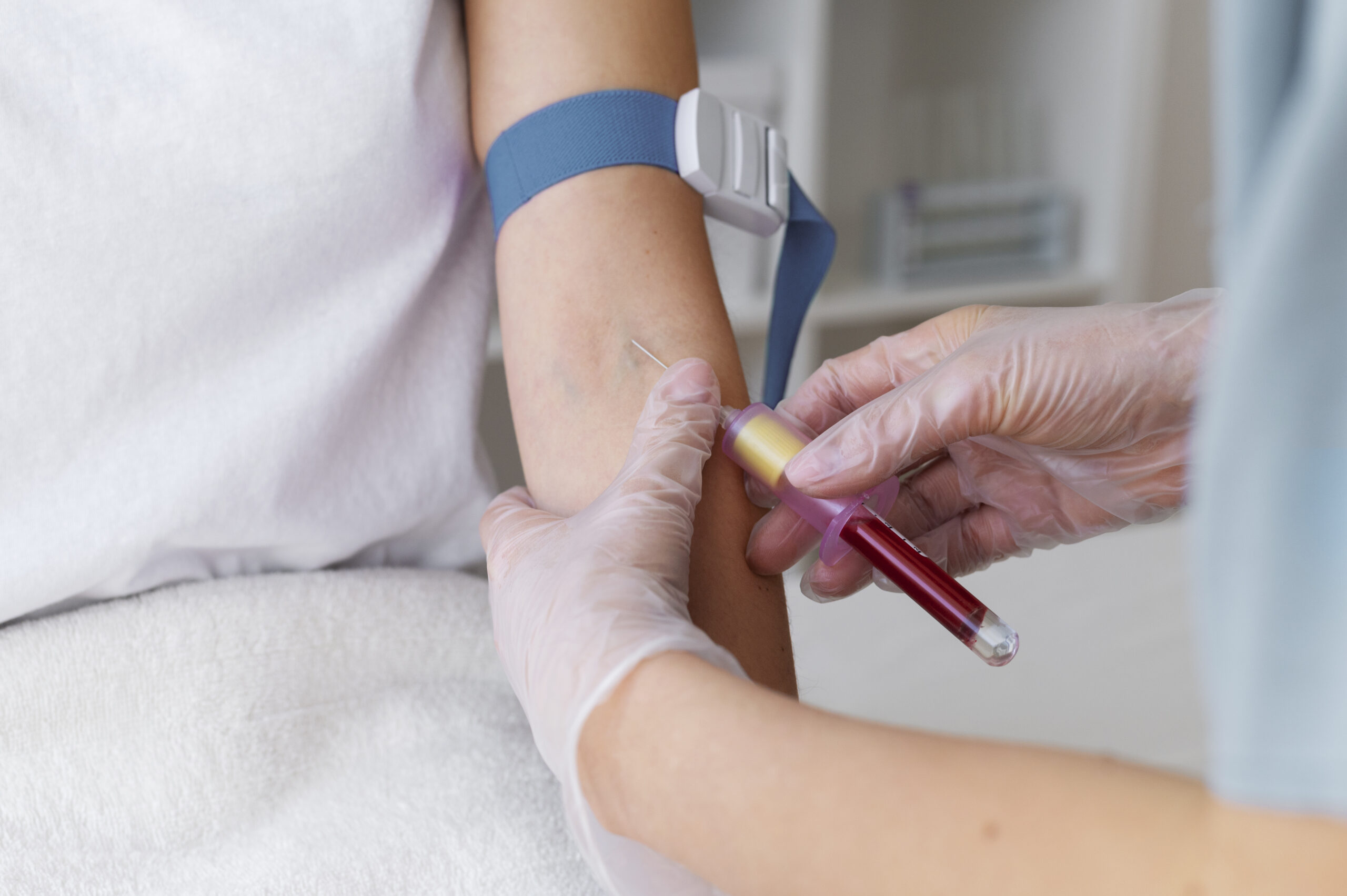
If you sit at a desk all day, even with daily workouts, you might think you’re safe from serious health issues. But what if your sedentary job is silently doubling your risk of deep vein thrombosis (DVT) , a potentially fatal condition?
Emerging research reveals that prolonged sitting, especially over 6–8 hours a day, can significantly increase DVT risk even among otherwise fit individuals. Let’s unpack the hidden danger of “active couch potatoes,” and why working out may not offset the threat of chronic sitting.
What Is DVT?
Deep vein thrombosis (DVT) occurs when a blood clot forms in a deep vein, usually in the legs. If part of the clot dislodges and travels to the lungs, it can cause a pulmonary embolism (PE) a medical emergency that can be fatal.
Common symptoms of DVT include:
- Swelling in one leg
- Cramping or pain in the calf
- Skin discoloration
- Warmth in the affected area
However, many DVT cases are silent, with no obvious symptoms until serious complications arise.
How Sitting Triggers DVT
Sedentary behavior causes venous blood flow to stagnate, particularly in the lower limbs. Without regular muscle contractions, blood can pool and clot in the legs. Even brief episodes of immobility (like a long-haul flight) have been associated with increased DVT risk. Now imagine doing this five days a week for 8+ hours.
Studies show:
- Sitting more than 6 hours a day doubles your risk of DVT, even if you exercise regularly.
- The risk increases with age, smoking, oral contraceptive use, and obesity.
- The term “e-thrombosis” has emerged to describe clots linked to prolonged computer use—first noted in young adults sitting at screens for 10+ hours a day.
But I Work Out Aren’t I Protected?
This is the dangerous myth of the “active sedentary” person.
A 2023 Journal of Thrombosis and Haemostasis review found that moderate-intensity exercise does not negate the pro-thrombotic effects of prolonged sitting.
Even if you:
- Hit the gym after work,
- Go for a run in the morning,
- Or attend yoga on weekends,
…sitting for extended periods during the day can still increase your clotting risk.
The “sit less, move more” principle must be applied throughout the day, not just in one dedicated workout window.
The Science Behind the Warning
Study: American Heart Association (2022)
Participants who sat more than 8 hours a day had 1.7x the risk of developing DVT even when controlling for fitness levels and BMI.
Meta-Analysis: Thrombosis Research (2021)
Evaluated over 100,000 individuals and found that each additional hour of sitting per day increased DVT risk by 10%.
Case Reports: e-Thrombosis in IT Workers
Clots found in otherwise healthy office workers who sat for long hours without leg movement. Similar to findings in long-distance airline passengers.
Desk Jobs and Hidden DVT Risk Factors
Beyond the sitting itself, desk jobs often come with additional DVT risks:
- Poor hydration: Less water = thicker blood, higher clotting risk
- Compression from sitting posture: Bent knees and tight clothing impair blood flow
- Caffeine and stimulant use: May constrict blood vessels
- Lack of leg movement: Static positions reduce venous return
This makes desk jobs a perfect storm for clot formation over time.
How to Reduce DVT Risk Without Quitting Your Job
You don’t have to change careers to protect your vascular health. But you do need to be intentional.
Micro-Movements Every Hour
- Stand and stretch for 2–3 minutes
- Do 10 calf raises or walk in place
- Use a sit-stand desk if possible
Graduated Compression Socks
These can help maintain blood flow in the lower legs especially useful on long workdays or travel.
Stay Hydrated
Keep a water bottle at your desk. Avoid excess coffee or soda.
Adjust Your Posture
Ensure your chair supports your lower back and allows free movement of your legs. Don’t cross your legs for long periods.
Integrate “Movement Snacks”
Mini exercises like seated ankle circles, toe taps, or light stretching every 30–60 minutes can boost circulation and reduce DVT risk.
When to See a Doctor
If you experience persistent swelling, cramping, or warmth in one leg especially after long periods of sitting seek medical advice.
People at higher risk (over 40, recent surgery, obesity, clotting disorders, or on birth control) should speak to their doctor about DVT prevention strategies. This may include low-dose aspirin, wearable monitors, or anticoagulants in certain cases.
Final Takeaway
Yes, your desk job can double your risk of DVT even if you’re otherwise active. Exercise isn’t enough to offset the dangers of prolonged immobility.
The solution isn’t panic, it’s awareness and movement. By incorporating micro-activity into your day, staying hydrated, and modifying your workstation habits, you can dramatically reduce your risk.
Sitting may be the new smoking but with the right habits, you don’t have to let it become a silent killer.
FAQs
Can I still get DVT if I exercise regularly?
Yes. Prolonged sitting during work hours can still increase DVT risk, even if you’re physically active outside work.
How many hours of sitting is dangerous?
Sitting more than 6-8 hours per day without regular breaks increases DVT risk significantly.
Are standing desks enough to prevent DVT?
Standing desks help, but they’re not a complete solution. Alternating between sitting, standing, and walking is best.
Who is most at risk for work-related DVT?
Older adults, smokers, people on hormone therapy, and those with clotting disorders or obesity are at higher risk.
What are early signs of DVT to watch for?
Unexplained swelling, calf pain, leg warmth, or discoloration especially in one leg should be checked immediately.
